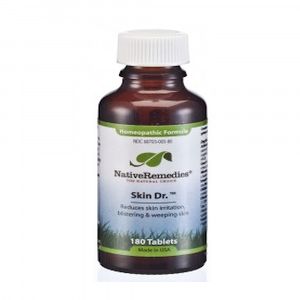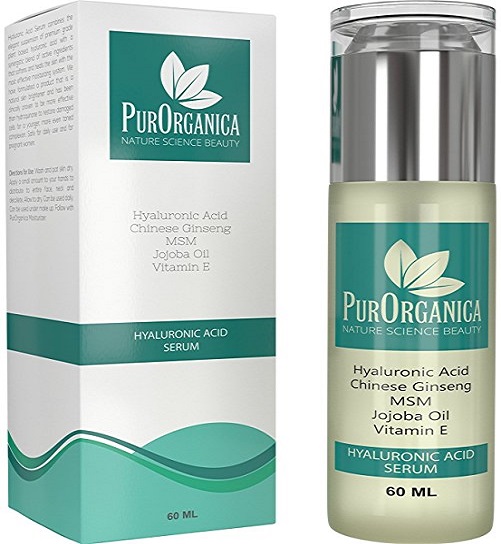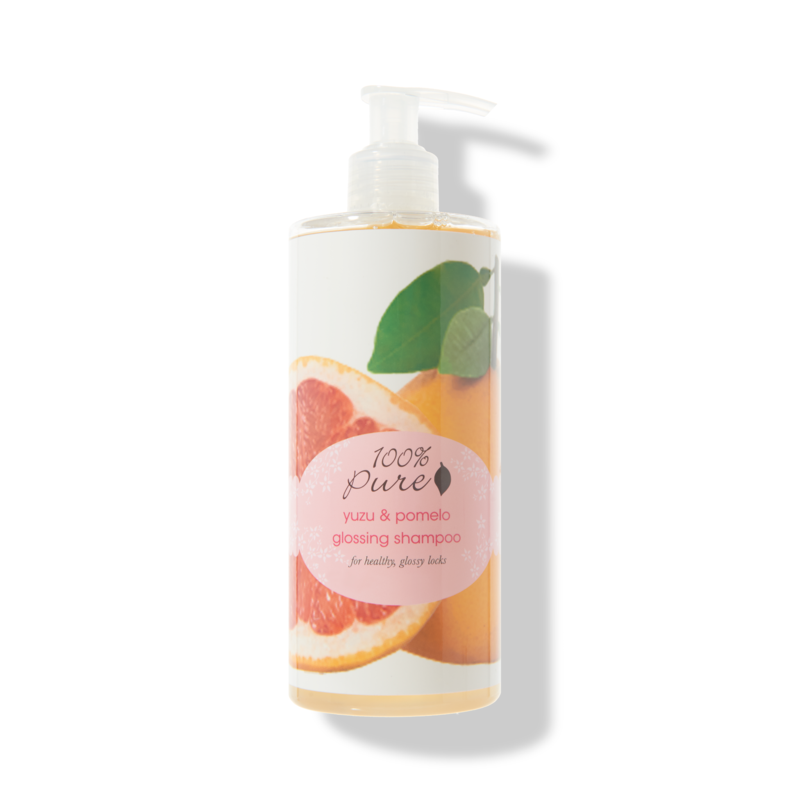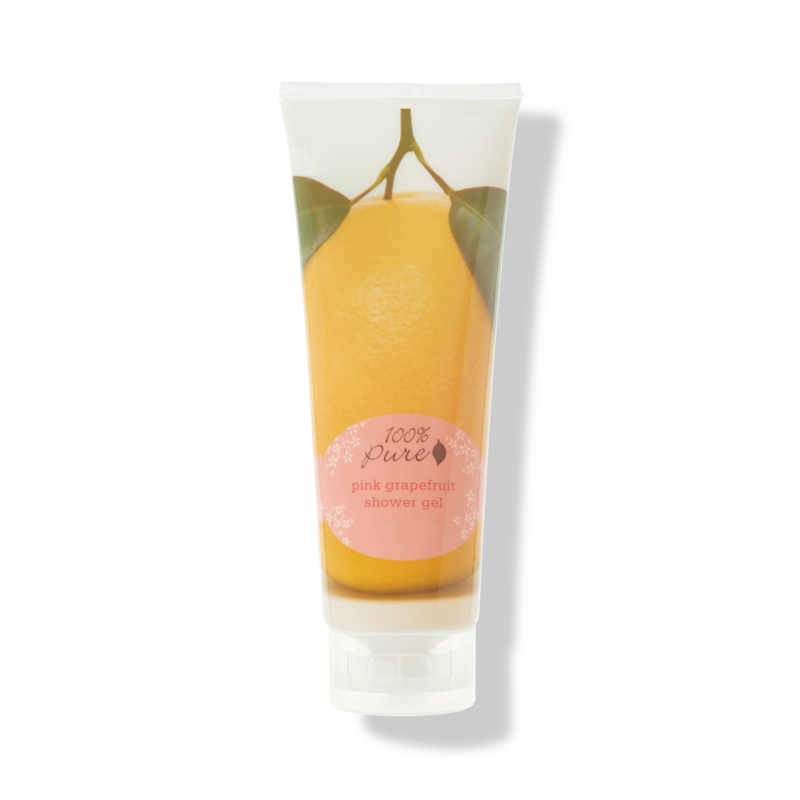Can Type 2 Diabetes Cause Yeast Infections?
One of the reasons diabetics must be especially careful for their overall health is because type 2 diabetes makes one prone to many types of infections. Not only are infections in diabetes more frequent but they tend to be more serious and more difficult to manage.
Why are diabetics more prone to infection?
Diabetics live in a high sugar environment much of the time unless they are in excellent diabetic control. This environment impairs the immune function by damaging the ability of the neutrophils to act against infection, by damaging the effects of antioxidants on the body and by damaging the humoral immunity, which involves the antibody system.
In addition, circulation can be poor in diabetics so that they can’t get enough blood to the area of infection. Urine has a decreased antibacterial activity and the gastrointestinal tract doesn’t flush out bacteria and yeast as effectively. Diabetics get more invasive medical tests, which bring with them the risk of infection. All of these things come together to create an elevated risk of both infections from bacteria and fungi.
Yeast infections in diabetics
Diabetics are unique in their ability to get yeast infections. Fortunately, most of them are not serious and simply need medical treatment.
Here are the main diabetic yeast infections a diabetic can get:
• Vaginal infections. Yeast feed off an environment that is warm, moist, and high in sugar. All of these situations exist in a diabetic woman’s vagina. They tend also to thrive in the higher pH of the vagina so a douche with a little bit of vinegar in it can make all the difference in the world when used once a week to keep the vagina acidic.
• Mouth infections. People can get Candida mouth infections, especially under the high sugar conditions of the diabetic saliva. This can look like a white coating upon the tongue or can cover the entire inside of the mouth, making it difficult and painful to eat. Fortunately, there are “swish and spit” liquids that can be used to clear up the Candida infection.
• Otitis externa. This is a yeast infection of the outer ear canal, brought on by high sugars, moisture in the ear canal and heat from the body. This can be a severe infection, affecting the ability to hear. Do not put anything in your ear to help clear it up except for prescription drops that fight yeast infections of the external ear.
• Candida skin infections. Diabetics can get fungal skin infections of the skin, particularly in the folds of the skin, such as the axilla (underarm), fat folds, and underneath the breasts. Men can get it in the groin folds. This often looks like shiny, thin, and red skin, which can scale and blister. It is often noticed because it is extremely itchy. There are powders and creams that can counteract this kind of infection.
• Nail bed infections. Diabetics are more prone to nailbed infections, particularly of the toes. The diabetic immune system can’t fight off yeast infections involving the nailbeds due to poor circulation and a low immune system. These infections cause unsightly breakdown of the nail along with whitened, thickened nails. Oral medication is usually the treatment of choice to allow the nail infection to grow out.
• Jock itch. This is a yeast infection that comes from contact between the male genitals and the rest of the skin in the groin area. As its name applies, this can be a very itchy condition. Medicated powders for jock itch are available over the counter.
• Athlete’s foot. Diabetics have poor circulation to the feet so, when they come in contact with moisture and fungus in communal showers or other moist places, the fungus grows between the toes, causing severe itching. The best and easiest treatment is to use anti-fungal powder for athlete’s foot.

































